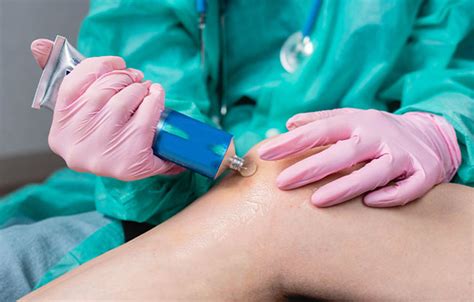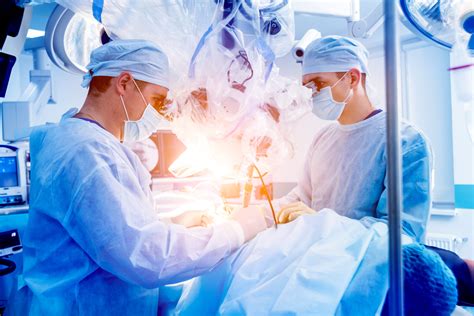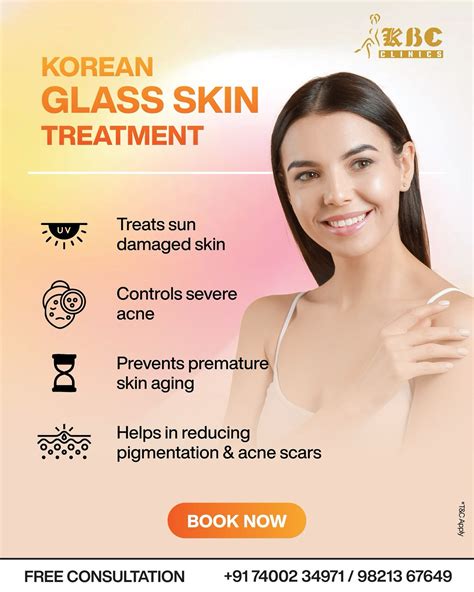Intro
Effective second degree burn scar treatment involves wound care, topical creams, and laser therapy to minimize scarring, promote healing, and reduce hypertrophic scar formation, improving skin texture and appearance.
Second degree burn scars can be a significant concern for individuals who have experienced burns, as they can lead to long-term cosmetic and functional issues. The importance of treating second degree burn scars cannot be overstated, as it can greatly impact a person's quality of life and self-esteem. In this article, we will delve into the world of second degree burn scar treatment, exploring the various options available and the benefits of each. Whether you are a burn survivor or a medical professional, this article aims to provide a comprehensive understanding of the treatment options for second degree burn scars.
Second degree burns, also known as partial thickness burns, affect both the epidermis and dermis layers of the skin. These burns can be further divided into two categories: superficial second degree burns and deep second degree burns. Superficial second degree burns affect the upper part of the dermis, while deep second degree burns extend into the deeper part of the dermis. The treatment of second degree burn scars depends on the severity and depth of the burn, as well as the individual's overall health.
The treatment of second degree burn scars is a complex process that requires a multidisciplinary approach. It involves a combination of medical and surgical interventions, as well as lifestyle modifications. The primary goal of treatment is to promote wound healing, reduce scarring, and restore functional and cosmetic appearance. In the following sections, we will explore the various treatment options available for second degree burn scars, including topical treatments, surgical interventions, and lifestyle modifications.
Topical Treatments for Second Degree Burn Scars

Benefits of Topical Treatments
The benefits of topical treatments for second degree burn scars are numerous. They are non-invasive, easy to apply, and can be used in combination with other treatments. Topical treatments can also be used to prevent scarring, reduce inflammation, and promote wound healing. Some of the key benefits of topical treatments include: * Reduced scarring * Improved skin elasticity * Reduced inflammation * Prevents infection * Easy to applySurgical Interventions for Second Degree Burn Scars

Types of Surgical Interventions
There are several types of surgical interventions available for second degree burn scars. These include: * Skin grafting: involves the transfer of healthy skin from one part of the body to the affected area * Excision and closure: involves the removal of damaged tissue and closure of the wound * Laser therapy: involves the use of high-intensity light to promote wound healing and reduce scarring * Contracture release: involves the release of tightened skin to improve mobility and reduce scarringLifestyle Modifications for Second Degree Burn Scars

Benefits of Lifestyle Modifications
The benefits of lifestyle modifications for second degree burn scars are numerous. They can improve wound healing, reduce scarring, and improve overall health. Some of the key benefits of lifestyle modifications include: * Improved wound healing * Reduced scarring * Improved overall health * Improved mobility * Reduced risk of complicationsAdvanced Treatments for Second Degree Burn Scars

Benefits of Advanced Treatments
The benefits of advanced treatments for second degree burn scars are numerous. They can promote wound healing, reduce scarring, and improve overall health. Some of the key benefits of advanced treatments include: * Promotes wound healing * Reduces scarring * Improves overall health * Improves mobility * Reduces risk of complicationsConclusion and Future Directions

We invite you to share your thoughts and experiences with second degree burn scars. Have you or a loved one experienced a second degree burn? What treatments have you tried, and what were the results? Share your story with us, and let's work together to promote awareness and understanding of second degree burn scars.
What are the most common causes of second degree burns?
+Second degree burns can be caused by a variety of factors, including scalds, flames, electrical burns, and chemical burns.
How can I prevent second degree burns?
+Preventing second degree burns involves taking precautions to avoid accidents, such as being careful in the kitchen, avoiding open flames, and wearing protective clothing.
What are the most effective treatments for second degree burn scars?
+The most effective treatments for second degree burn scars include topical treatments, surgical interventions, and lifestyle modifications. Advanced treatments, such as PRP therapy and stem cell therapy, are also becoming increasingly popular.
Can second degree burn scars be completely removed?
+While second degree burn scars cannot be completely removed, they can be significantly improved with treatment. Topical treatments, surgical interventions, and lifestyle modifications can all help to reduce scarring and improve appearance.
How long does it take to recover from a second degree burn?
+The recovery time for a second degree burn can vary depending on the severity of the burn and the individual's overall health. In general, second degree burns can take several weeks to several months to heal.
